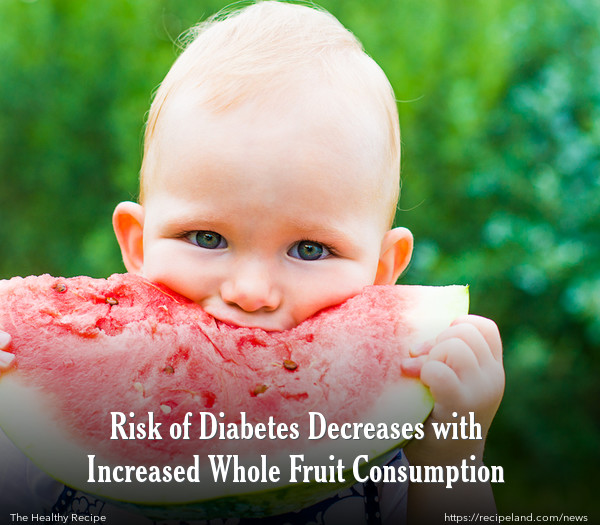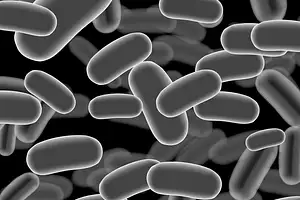Researchers have been carefully examining the connection between eating fruit and lowering the risk of diabetes. Recent studies have shown that there is a statistically significant link between the consumption of whole fruits, especially grapes, apples and blueberries, and a having a lower risk of developing Type 2 diabetes.
Results indicated that those who consumed two or more servings per week of whole fruits showed a nearly 25% decrease in their risk of developing Type 2 diabetes. The type of fruit consumed was examined, showing that certain fruits had more of a positive effect than others. Alarmingly, those who consumed fruit juice on a daily basis were found to have more than 20% increased risk of developing Type 2 diabetes.
Critics point out that many people rely on fruit juice as part of a well-balanced diet, and count their juice intake as servings of fruit. “The Australian Dietary Guidelines supports that a small glass of juice (125mL) is equivalent to a serve of fruit.
This is important for parents to know and while fruit is always recommended for kids, having a small glass of juice can help fussy eaters meet their fruit serves. Without juice, 99% of Australian children aged 14-16 and 50% of 9-13 year olds do not get the recommended daily serves of fruit,” says Fruit Juice Australia’s CEO, Geoff Parker.
Experts recommend substituting three servings of juice per week with whole fruits instead, which can improve the odds and decrease the risk of developing Type 2 diabetes by approximately 7 percent. Certain fruits have been determined to be more effective at reducing the risk; for example, blueberries had the strongest effect, followed by grapes and apples.
Bananas, grapefruit and prunes also helped to lower risk, while most other fruits had no significant effect. Harvard researchers have determined that the factor most affecting diabetes risk was the presence of certain polyphenols, or plant-based chemical compounds that are known to be powerful antioxidants and may help to improve the body’s ability to process glucose effectively.
Total fruit consumption does remain important, but considering how that fruit is consumed, and whether it is in whole food versions or juice, will affect a person’s risk of developing Type 2 diabetes significantly. Although fruit juice may nutritionally count as a serving of fruit, it may have unexpected adverse health effects by increasing the risk of Type 2 diabetes.
Cutting the risk of diabetes is important. Nearly 2 million Australians have diabetes, with many cases of Type 2 diabetes yet undiagnosed. The financial implications and the drain on the healthcare system are considerable.
A reduction in the prevalence of Type 2 diabetes will have a significant impact on the country’s economy, as well as the global economy. Widespread education regarding the types of fruits, and the amount of whole fruits to consume in order to reduce the risk of developing Type 2 diabetes, is critically important to accomplish this.
SOURCES: References:https://www.ausfoodnews.com.au/2013/09/04/whole-fruits-linked
-to-lower-type-2-diabetes-risk-but-fruit-juice-increases-risk.html;https://www.ausfoodnews.com.au/2013/08/28/beverage-industry-responds-to-
sugar-content-in-apple-juice.html;https://www.bmj.com/content/347/bmj.f5001;
https://news.nationalgeographic.com/news/2013/09/130905-blueberries-fruit-juice-diabetes-nutrition-health-science/;https://www.diabetesaustralia.com.au/Understanding-Diabetes/Diabetes-in-Australia/; Image courtesy of marin / FreeDigitalPhotos.net










Comments